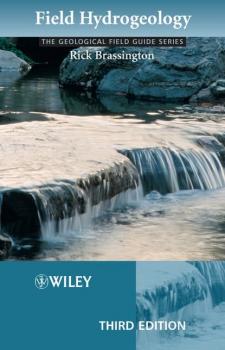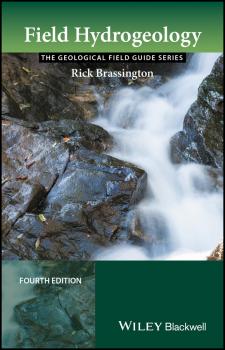ТОП просматриваемых книг сайта:















Rick Brassington
Список книг автора Rick BrassingtonАннотация
The successful investigation of the hydrogeology of an area depends on the collection of reliable field data. Field Hydrogeology, Third Edition follows a systematic approach to completing a hydrogeological study and explains how to decide on the measurements that are needed and on the instruments and techniques required. Measurements that are needed and on the instruments and techniques required. Measurements of groundwater levels, rainfall and evaporation spring and stream flows and the use of ground water tracer techniques are covered. There is a great deal of practical information on all aspects of planning and completion of field investigation and on the interpretation of field investigation and on the interpretation of field evidence. Advice on safety is also included. This third edition has been fully revised and updated to bring the book into line with developments in environmental regulations. The order of the chapters reflects the structure of a hydrogeological project and the development of a conceptual model up to completion of a report. The focus is on current practical applications of hydrogeological investigations using new case histories and a new chapter on specialist techniques has been included. Handy pocket-size for field research Features case histories Focuses on practical applications Contains a new chapter on groundwater investigations Field Hydrogeology, Third Edition is an invaluable resource for undergraduate and postgraduate students of geology, hydrogeology, environmental sciences and engineering, as well as a wide range of professionals working in the water resources and environmental protection fields.
Аннотация
The fourth edition of this bestselling textbook has been fully revised in order to present the most up-to-date and comprehensive guide to completing a hydrogeological study. Beautifully presented with full colour photos and diagrams throughout, Field Hydrogeology retains its practical pocket size for easy use in the field. This new edition includes all the recent developments in the environmental regulations, with particular focus on the use of innovative technology. New topics include geothermal energy, soakaways, marrying manual water level readings with logger records, prediction of long-term drawdown and lateral extent of impacts, and flow measurement in locations with small head gradients. With case studies and text boxes to aid comprehension, and a particular emphasis on practical application, this is an essential tool for students taking Hydrogeology and/or field course modules in Geology, Earth Sciences, Hydrogeology and Engineering courses.


